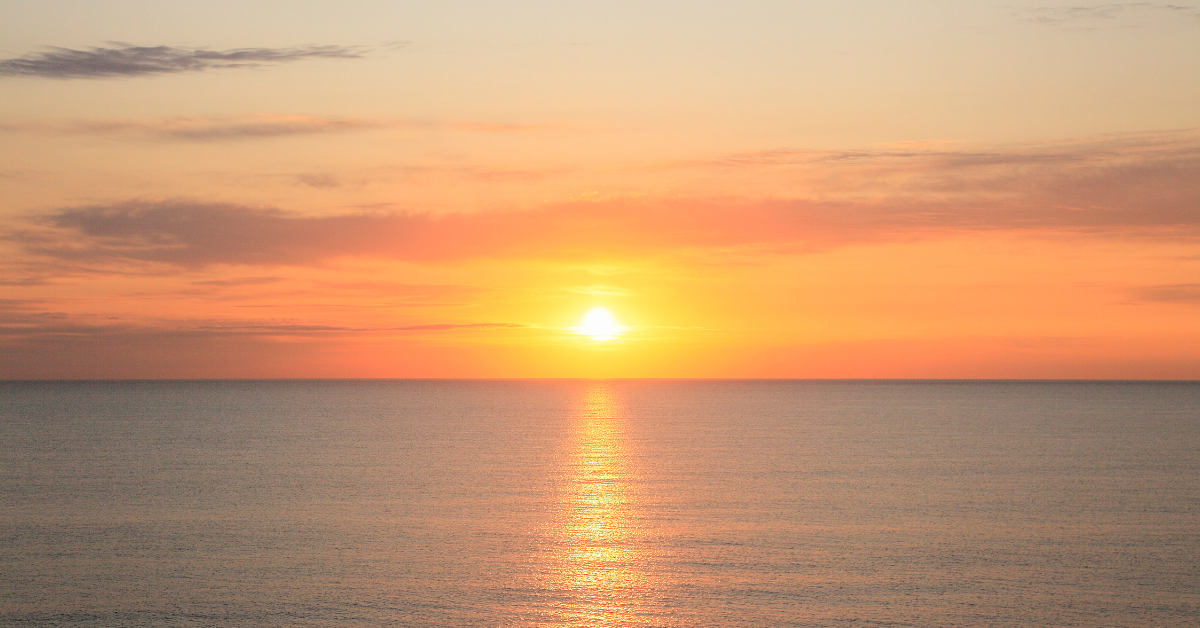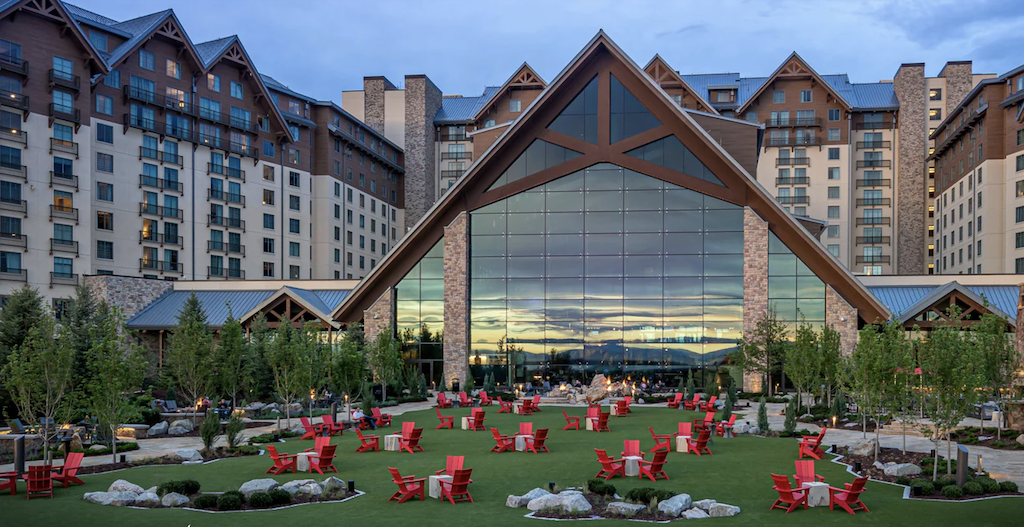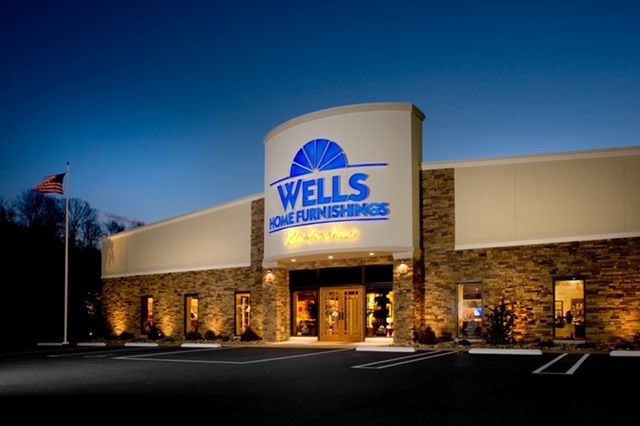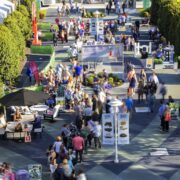
These days, Wells Home Furnishings in Charleston, West Virginia, tells its customers that they can expect delivery within a 30-minute window, which is significantly less than the week that they used to promise.
But things do speed up after a century and five generations of ownership.
John Wells III, who represents the fourth generation (his son Jason is the fifth), says that his great-grandfather started out in 1923 as a wholesale distributor in the southern West Virginia coalfields, traveling by train one week — and sending merchandise back, also by train, the next.
By the 1950s, the business had expanded to five states, but by the ’70s and ’80s, the wholesale business had begun drying up. By 1994, Wells had stores in Morgantown and Charleston, West Virginia, but closed the Morgantown operation nine months ago to concentrate efforts in Charleston.
At 65, Wells says that he loves the business but knows that a time will come when his son is going to say, “I’ve got this, Dad,” and that he will reply, “I hear you loud and clear,” and will then do whatever needs to be done.
Wells says that the most important considerations for his store this season is providing customer service and well-made merchandise that can be customized, such as Lloyd Flanders and Telescope, along with Wild Ridge from Ohio, which uses plastic recycled jugs. When choosing manufacturers, Wells wants complete exclusivity in his area — and goods that are made in America.
“Color and finish are a big deal — it is what the customer really wants,” said Wells. “And you have to have people who know what they are talking about, that they have been trained. That is where we have been successful.”
The biggest recent challenge came when Covid hit town. The store has been carrying outdoor products for about 20 years, but no one prepared them for what the pandemic would bring.
Given that Wells relies on custom orders for outdoor because of a scarcity of warehouse space, that meant that he had nothing in stock. For the first 20 to 25 weeks of the pandemic, no one — including Wells — could order anything in outdoor. He said he followed that up by ordering and stocking up on outdoor furniture for the first time in 29 years.
“It’s not what we do, and we didn’t do that great with it,” said Wells. “We are getting rid of it, but it is a struggle. It has been cut last year and it is down somewhat this year and we will have a little bit of an increase maybe next year.”
The biggest new development is in using 3D design technology that he had been using to sell indoor furniture, but this time in the outdoor space.
Measurements — and then digital photographs — are taken of the yard, patio or deck – and then different furniture groupings are dropped in digitally.
“We have our designers do two appointments with a full PowerPoint presentation that shows what we are going to do, “ Wells said. “People are just blown away. And we have a 95% close ratio once you qualify them. They don’t waste your time and they get the spouse in to commit to it.
To get the word out, Wells works with an advertising consultant, who relies on newspapers, broadcast, direct mail and a few events. The store building itself — on a major highway — is a good place to hang a banner. And once customers come inside, Wells says he sets himself apart from competitors by having an experienced, expert sales staff.
Any advice for struggling casual retailers?
Keep selling.
“We call 99% of our customers within a couple of days, to make sure they are happy,” says Wells. “We send a nice thank-you card and we put a questionnaire in there, with a stamped, self-addressed envelope — that gives you much more of a chance to get that back almost 100% of the time.
“Put them all up on a billboard at the store. Have a big basket of all the cards that you receive and read them in the sales meetings. If they ask a question on the website, answer them back in three or four hours. They can sense your interest in their business, and they would rather buy furniture from you.”








